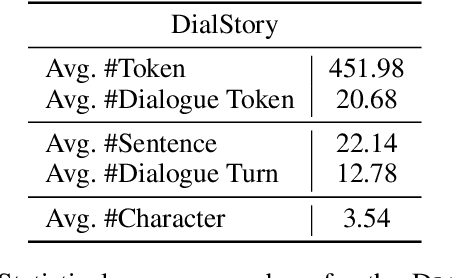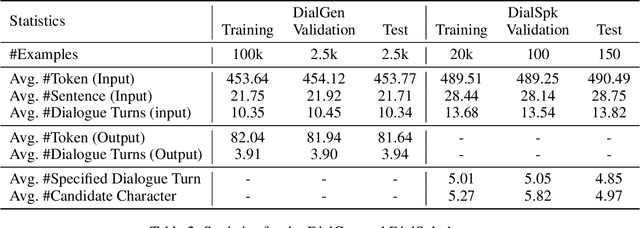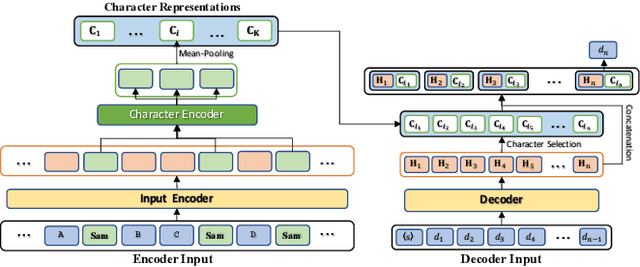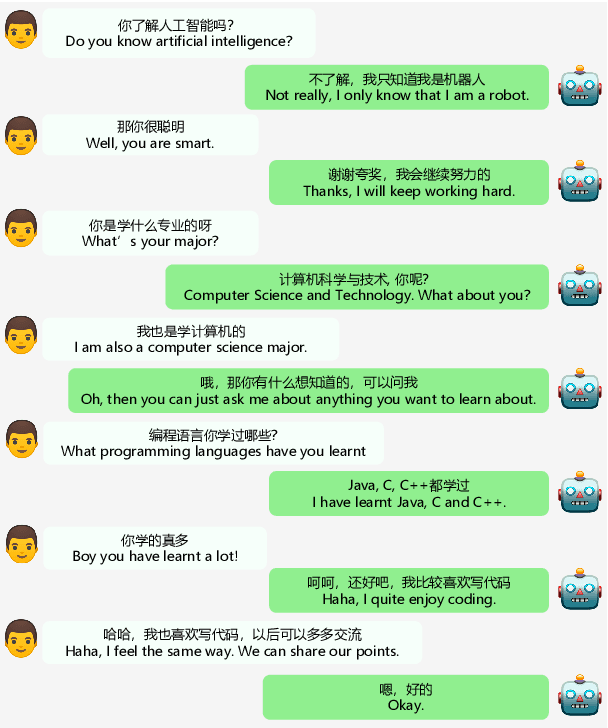Jianzhu Yao
LiveCodeBench Pro: How Do Olympiad Medalists Judge LLMs in Competitive Programming?
Jun 13, 2025Abstract:Recent reports claim that large language models (LLMs) now outperform elite humans in competitive programming. Drawing on knowledge from a group of medalists in international algorithmic contests, we revisit this claim, examining how LLMs differ from human experts and where limitations still remain. We introduce LiveCodeBench Pro, a benchmark composed of problems from Codeforces, ICPC, and IOI that are continuously updated to reduce the likelihood of data contamination. A team of Olympiad medalists annotates every problem for algorithmic categories and conducts a line-by-line analysis of failed model-generated submissions. Using this new data and benchmark, we find that frontier models still have significant limitations: without external tools, the best model achieves only 53% pass@1 on medium-difficulty problems and 0% on hard problems, domains where expert humans still excel. We also find that LLMs succeed at implementation-heavy problems but struggle with nuanced algorithmic reasoning and complex case analysis, often generating confidently incorrect justifications. High performance appears largely driven by implementation precision and tool augmentation, not superior reasoning. LiveCodeBench Pro thus highlights the significant gap to human grandmaster levels, while offering fine-grained diagnostics to steer future improvements in code-centric LLM reasoning.
SPIN-Bench: How Well Do LLMs Plan Strategically and Reason Socially?
Mar 16, 2025Abstract:Reasoning and strategic behavior in \emph{social interactions} is a hallmark of intelligence. This form of reasoning is significantly more sophisticated than isolated planning or reasoning tasks in static settings (e.g., math problem solving). In this paper, we present \textit{Strategic Planning, Interaction, and Negotiation} (\textbf{SPIN-Bench}), a new multi-domain evaluation designed to measure the intelligence of \emph{strategic planning} and \emph{social reasoning}. While many existing benchmarks focus on narrow planning or single-agent reasoning, SPIN-Bench combines classical PDDL tasks, competitive board games, cooperative card games, and multi-agent negotiation scenarios in one unified framework. The framework includes both a benchmark as well as an arena to simulate and evaluate the variety of social settings to test reasoning and strategic behavior of AI agents. We formulate the benchmark SPIN-Bench by systematically varying action spaces, state complexity, and the number of interacting agents to simulate a variety of social settings where success depends on not only methodical and step-wise decision making, but also \emph{conceptual inference} of other (adversarial or cooperative) participants. Our experiments reveal that while contemporary LLMs handle \emph{basic fact retrieval} and \emph{short-range planning} reasonably well, they encounter significant performance bottlenecks in tasks requiring \emph{deep multi-hop reasoning} over large state spaces and \emph{socially adept} coordination under uncertainty. We envision SPIN-Bench as a catalyst for future research on robust multi-agent planning, social reasoning, and human--AI teaming.
A Benchmark for Understanding and Generating Dialogue between Characters in Stories
Sep 18, 2022



Abstract:Many classical fairy tales, fiction, and screenplays leverage dialogue to advance story plots and establish characters. We present the first study to explore whether machines can understand and generate dialogue in stories, which requires capturing traits of different characters and the relationships between them. To this end, we propose two new tasks including Masked Dialogue Generation and Dialogue Speaker Recognition, i.e., generating missing dialogue turns and predicting speakers for specified dialogue turns, respectively. We build a new dataset DialStory, which consists of 105k Chinese stories with a large amount of dialogue weaved into the plots to support the evaluation. We show the difficulty of the proposed tasks by testing existing models with automatic and manual evaluation on DialStory. Furthermore, we propose to learn explicit character representations to improve performance on these tasks. Extensive experiments and case studies show that our approach can generate more coherent and informative dialogue, and achieve higher speaker recognition accuracy than strong baselines.
EVA2.0: Investigating Open-Domain Chinese Dialogue Systems with Large-Scale Pre-Training
Mar 17, 2022



Abstract:Large-scale pre-training has shown remarkable performance in building open-domain dialogue systems. However, previous works mainly focus on showing and evaluating the conversational performance of the released dialogue model, ignoring the discussion of some key factors towards a powerful human-like chatbot, especially in Chinese scenarios. In this paper, we conduct extensive experiments to investigate these under-explored factors, including data quality control, model architecture designs, training approaches, and decoding strategies. We propose EVA2.0, a large-scale pre-trained open-domain Chinese dialogue model with 2.8 billion parameters, and make our models and code publicly available. To our knowledge, EVA2.0 is the largest open-source Chinese dialogue model. Automatic and human evaluations show that our model significantly outperforms other open-source counterparts. We also discuss the limitations of this work by presenting some failure cases and pose some future directions.
 Add to Chrome
Add to Chrome Add to Firefox
Add to Firefox Add to Edge
Add to Edge